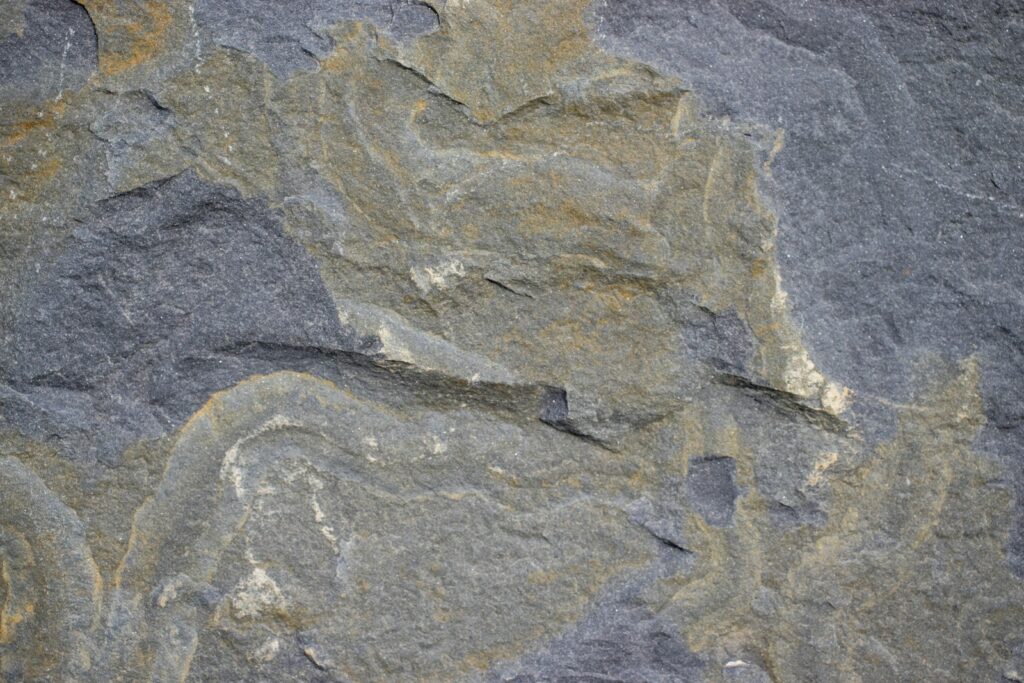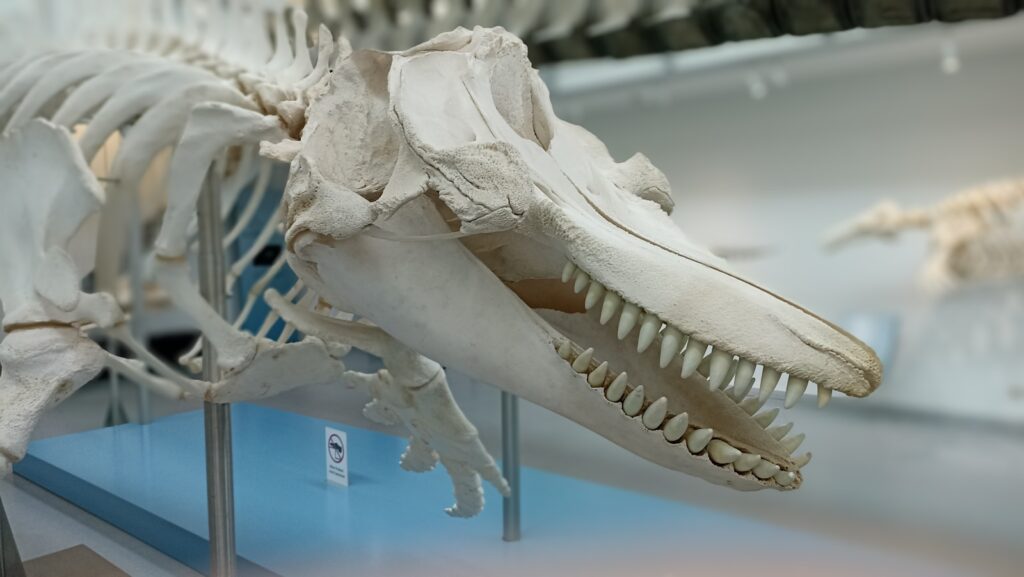In the frozen landscapes of the high Arctic, an extraordinary scientific discovery has rewritten what we know about prehistoric predators. Paleontologists have uncovered evidence of a massive raptor dinosaur that once stalked the ancient polar regions, challenging long-held assumptions about dinosaur habitats and adaptations. This remarkable finding reveals how advanced dinosaurs conquered even the most extreme environments on Earth during the Cretaceous period. The story of the Arctic raptor presents a fascinating glimpse into an ancient world where feathered predators thrived in conditions we previously thought impossible.
An Unexpected Discovery in the Far North

The first evidence of large raptors in the Arctic emerged in the early 2000s when fossil fragments were discovered on Axel Heiberg Island in the Canadian High Arctic. Researchers initially approached these findings with skepticism, as conventional wisdom suggested that large, active predators would struggle in the cold, dark conditions of polar regions. Subsequent expeditions to the area yielded more complete specimens, including distinctive curved claws, vertebrae, and cranial fragments that confirmed the presence of a dromaeosaurid (raptor) species significantly larger than those found in more temperate regions. These discoveries forced scientists to reconsider their understanding of dinosaur distribution and adaptability, opening new questions about how these creatures survived in such challenging environments. The Arctic raptor quickly became one of paleontology’s most intriguing mysteries, bridging gaps in our knowledge about dinosaur physiology and evolutionary history.
Physical Characteristics of the Arctic Giant

Based on fossil evidence, researchers estimate this Arctic raptor measured approximately 6 meters (20 feet) in length, making it substantially larger than its famous cousin Velociraptor, which typically reached only about 2 meters. The creature possessed the hallmark features of dromaeosaurids, including powerful hind limbs with enlarged, sickle-shaped claws likely used for subduing prey. Analysis of bone density suggests adaptations for both speed and strength, with thicker limb bones than those found in similar species from warmer climates. Perhaps most notably, the Arctic raptor shows evidence of an exceptionally dense covering of feathers, indicated by quill knobs on forearm bones that were more pronounced than in related species. Paleontologists believe these dense feathers provided crucial insulation against the frigid temperatures, enabling the predator to maintain the high metabolic rate necessary for hunting in cold conditions. The creature’s skull fragments reveal enlarged nasal passages, possibly an adaptation to warm incoming air before it reached the lungs.
Dating the Arctic Predator

Radiometric dating of the rock formations containing the Arctic raptor fossils places these creatures in the Late Cretaceous period, approximately 70-75 million years ago. This timing is particularly significant as it coincides with a relatively warm phase in Earth’s climate history, though the polar regions would still have experienced extended periods of darkness and considerably cooler temperatures than equatorial zones. The geological evidence suggests these raptors lived during a time when the Arctic landscape consisted of temperate forests rather than the tundra environment present today. Pollen samples and plant fossils from the same strata indicate a mixed conifer-deciduous forest ecosystem that could support a diverse food web, including large predators. The dating also reveals that these creatures existed during a period of relative isolation for the Arctic landmass, which may have contributed to their unique evolutionary adaptations compared to their southern relatives.
Climate Challenges of the Cretaceous Arctic

During the late Cretaceous, the Arctic region presented a unique set of environmental challenges for its inhabitants. While warmer than today’s Arctic, the region still experienced months of continuous darkness during winter and continuous light during summer due to Earth’s axial tilt. Average annual temperatures likely ranged between 2-8°C (35-46°F), significantly warmer than the modern Arctic but still demanding special adaptations from its inhabitants. Precipitation patterns suggest wet summers and relatively dry winters, creating seasonal challenges for food availability. Perhaps most challenging was the limited solar radiation during winter months, which would have reduced plant productivity and potentially created food shortages throughout the ecosystem. Computer climate models indicate that while the Arctic didn’t experience extensive ice formation during this period, occasional freezing temperatures would have occurred, particularly during the dark winter months. These conditions created an evolutionary pressure cooker that selected for unique adaptations in the animals that called this region home.
Evolutionary Adaptations for Polar Survival

The Arctic raptor exhibits several specialized adaptations that would have facilitated survival in the challenging polar environment. Microscopic examination of bone samples reveals an unusual growth pattern with fewer lines of arrested growth than in related species, suggesting these dinosaurs may have maintained relatively consistent growth even during resource-scarce winter months. This finding points to a potential physiological adaptation similar to that seen in modern polar animals. The creature’s eye sockets show evidence of enlarged optic nerves, which likely enhanced vision during the low-light conditions of Arctic winters. Chemical analysis of tooth enamel indicates a composition optimized for strength in colder temperatures, preventing cracking that might occur with thermal stress. Perhaps most significantly, the raptor’s brain case suggests an enlarged cerebellum, which governs complex movement and coordination—potentially allowing the predator to move efficiently through dense forests and uneven terrain while hunting in challenging light conditions. These specialized features represent the culmination of millions of years of evolutionary pressure in a unique ecological niche.
Hunting Strategies in the Land of Extremes

The Arctic raptor’s hunting techniques were likely specialized for its unique environment, combining aspects of ambush predation with pack-hunting behaviors. Fossil evidence of multiple individuals found nearby suggests these creatures may have hunted in coordinated groups, similar to modern wolves. This social hunting strategy would have been particularly advantageous during winter months when prey might be scarce and difficult to capture. Biomechanical analysis of the raptor’s leg structure indicates its running capabilities were somewhat reduced compared to its southern relatives, suggesting a hunting style that relied more on short bursts of speed and strategic positioning rather than extended chases. The creature’s large size would have allowed it to target substantial prey, including hadrosaurs and ceratopsians whose fossils have been found in the same formations. Trace fossils showing distinctive claw marks on prey bones confirm the raptor’s role as an apex predator in the Arctic ecosystem. The seasonal variations in daylight would likely have influenced hunting patterns, with different strategies employed during the continuous daylight of summer versus the darkness of winter.
The Mystery of Feather Adaptations

One of the most fascinating aspects of the Arctic raptor involves its presumed feather covering, which likely played a crucial role in cold-weather survival. Although direct feather impressions are rare in the fossil record, multiple lines of evidence point to specialized plumage adaptations. Quill knobs on arm bones indicate attachment points for flight feathers, which were likely repurposed for insulation and display rather than flight in this large species. Comparative studies with modern Arctic birds suggest the raptor may have possessed multiple layers of feathers, including a dense undercoat similar to down for insulation and longer exterior feathers for weather protection. Microscopic analysis of preserved skin impressions reveals follicle patterns consistent with particularly dense feather coverage, especially around the neck and torso. Some researchers have proposed that these feathers might have included specialized structures to trap heat effectively, similar to the air-trapping barbules found in modern cold-weather birds. The coloration remains speculative, though some paleontologists suggest that seasonal color changes, like those seen in Arctic foxes and hares today, might have evolved to provide camouflage during both snowy and non-snowy seasons.
Diet and Prey Relationships

The Arctic raptor occupied the top predator niche in its ecosystem, with dietary evidence suggesting it was an opportunistic hunter with a diverse prey base. Coprolite (fossilized feces) analysis has revealed bone fragments from juvenile hadrosaurs, suggesting these herbivorous dinosaurs formed a significant portion of the raptors’ diet. Tooth marks matching the raptor’s dental pattern have been found on fossils of smaller theropods, indicating potential competition with or predation upon other carnivorous species. Isotopic analysis of bone material suggests seasonal dietary shifts, with evidence of greater dietary diversity during summer months when prey would have been more abundant. Interestingly, fish remains have also been identified in association with raptor fossils, suggesting these animals may have supplemented their diet with aquatic prey when available, perhaps utilizing Arctic rivers and streams as hunting grounds during seasonal fish migrations. The raptor’s powerful bite force, estimated through jaw muscle attachment sites, indicates it could deliver killing bites to relatively large prey, enabling it to take down animals substantially larger than itself, especially when hunting in groups.
Social Behavior and Communication

Evidence increasingly suggests that the Arctic raptor was a highly social animal, with multiple indicators pointing toward complex group dynamics. Fossil beds containing several individuals of different ages have been discovered, suggesting family groups or packs that stayed together for extended periods. Brain casts created from cranial fossils reveal enlarged areas associated with social cognition and communication in modern animals, suggesting these dinosaurs possessed advanced capabilities for coordination and interaction. The challenging Arctic environment would have created strong selective pressure for cooperative behaviors, particularly during the resource-scarce winter months when group hunting might have been essential for survival. Some researchers propose that these raptors may have utilized vocalizations for coordination, similar to modern wolves or ravens, with specialized throat structures potentially allowing for sound production even in very cold conditions. The enlarged visual processing centers in the brain also suggest visual signals and displays may have been important for communication, possibly utilizing their feathers for social displays or status indicators within the pack hierarchy.
Nesting and Reproductive Strategies

The reproductive biology of the Arctic raptor presents one of paleontology’s most intriguing puzzles, with fragmentary evidence suggesting specialized breeding adaptations. Nest sites discovered in Arctic formations indicate these dinosaurs created shallow depressions lined with vegetation, potentially providing both insulation and concealment for eggs and hatchlings. Unlike their relatives in warmer climates, Arctic raptor nests show evidence of being built in more sheltered locations, often near geothermal features that would have provided additional warmth during incubation. Analysis of eggshell fragments reveals unusually thick shells with enhanced pore structures, possibly adaptations to prevent freezing while maintaining the necessary gas exchange for embryonic development. Most fascinating is the evidence suggesting communal nesting behaviors, with multiple egg clutches found nearby, indicating that several females may have nested together, potentially allowing for shared incubation duties. This cooperative breeding strategy would have been advantageous in the harsh Arctic environment, ensuring eggs remained at viable temperatures even during adults’ hunting absences. The timing of reproduction likely coincided with the resource-rich summer months, allowing young to grow substantially before facing their first Arctic winter.
Relationship to Other Raptor Species

Phylogenetic analysis places the Arctic raptor within the dromaeosaurid family, though its exact relationship to other raptor species remains under scientific debate. DNA preservation is impossible from specimens this ancient, requiring researchers to rely on morphological comparisons and cladistic analysis. Current evidence suggests the Arctic species may represent an offshoot of the Dromaeosaurus lineage that became isolated in the northern regions and subsequently adapted to polar conditions over millions of years. Certain skeletal features show similarities to Asian dromaeosaurids like Achillobator, suggesting possible ancestral connections across the Bering land bridge that existed during parts of the Cretaceous. The significantly larger size of the Arctic species compared to most of its relatives represents a case of polar gigantism, a phenomenon seen in numerous modern Arctic animals where larger body size provides advantages in heat retention. Skull morphology indicates specializations not seen in southern species, particularly in the nasal region and brain case, representing unique adaptations to Arctic conditions rather than features inherited from ancestors. These distinctive characteristics have led some paleontologists to propose classifying the Arctic raptor as a completely new genus, though more complete specimens are needed to finalize this taxonomic determination.
Extinction Theories and Legacy

The ultimate fate of the Arctic raptor species remains one of paleontology’s enduring questions, with evidence suggesting these remarkable predators disappeared before the end-Cretaceous mass extinction that claimed most dinosaur species. Stratigraphic analysis indicates their fossils vanish from the record approximately 2-3 million years before the asteroid impact, suggesting other factors led to their demise. One leading theory proposes that a period of significant climate cooling during the late Maastrichtian stage created conditions too extreme even for these cold-adapted predators, particularly affecting prey availability. Alternative hypotheses suggest that competition from newly evolved mammalian predators or specialized diseases might have contributed to their decline. The legacy of the Arctic raptor lives on in our understanding of dinosaur adaptability and evolution, demonstrating that these remarkable animals were far more versatile and resilient than once believed. Their adaptations foreshadow many strategies employed by modern Arctic animals, representing a fascinating case of convergent evolution across vastly different taxonomic groups separated by 70 million years. Current research continues to examine how the evolutionary innovations of the Arctic raptor might inform our understanding of how modern species might adapt—or fail to adapt—to rapidly changing polar climates.
Archaeological Significance and Current Research

The discovery and ongoing study of the Arctic raptor represent one of the most significant paleontological developments of the 21st century, fundamentally changing our understanding of dinosaur ecology and physiology. Field research in the High Arctic presents extraordinary logistical challenges, with expeditions limited to brief summer windows and requiring specialized equipment to preserve and transport fragile specimens from remote locations. Current research focuses on several fronts, including microscopic analysis of bone structures to better understand growth patterns and potential hibernation or torpor states during dark winter months. Advanced imaging techniques are being applied to partial skull specimens to create more accurate brain reconstructions, potentially revealing further insights into sensory adaptations for Arctic living. International collaboration has accelerated in recent years, with research teams from Canada, the United States, Russia, Norway, and Japan combining expertise to study specimens from various Arctic locations. Perhaps most exciting is the application of new molecular techniques that can detect traces of proteins preserved in some fossils, potentially revealing more about the creature’s physiology than possible through traditional methods. Each field season brings the possibility of discoveries that could further illuminate how these remarkable predators mastered life in one of Earth’s most challenging environments.
Conclusion

The story of the Arctic raptor stands as a testament to the incredible adaptability of dinosaurs, challenging our preconceptions about these ancient creatures. Far from being limited to warm, tropical environments, these sophisticated predators conquered one of Earth’s most demanding habitats through a remarkable suite of physical, physiological, and behavioral adaptations. Their feathered bodies, social structures, and specialized hunting strategies allowed them to thrive where logic suggested they shouldn’t have survived. As modern Arctic regions face unprecedented changes, the lessons from these ancient inhabitants take on new relevance, providing a window into how life adapts to extreme conditions. The Arctic raptor reminds us that the natural world is full of surprises, with evolution crafting solutions to environmental challenges in ways that continue to astonish and inspire scientific discovery.




